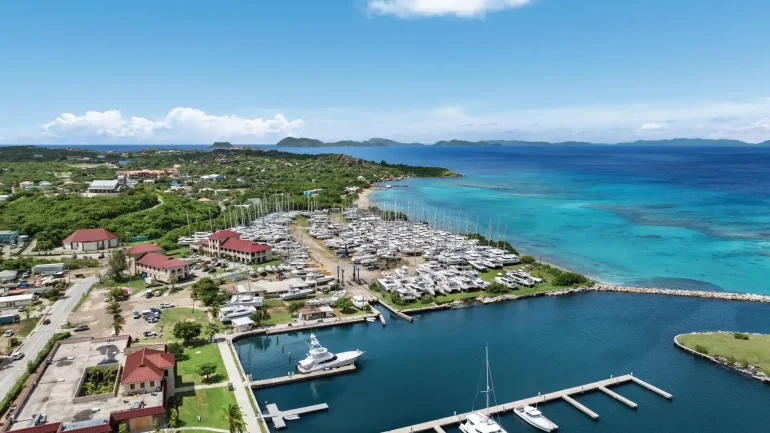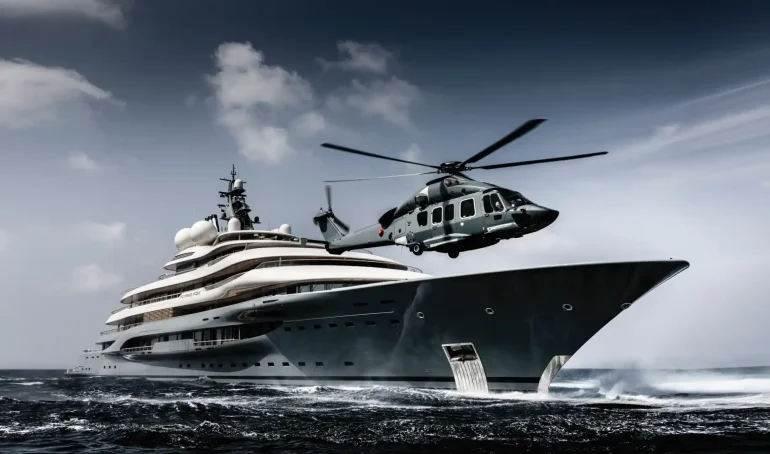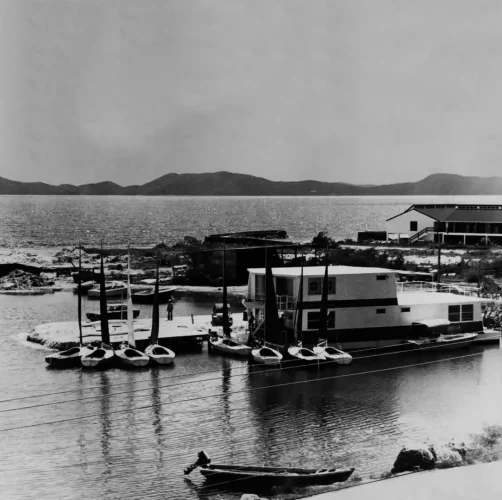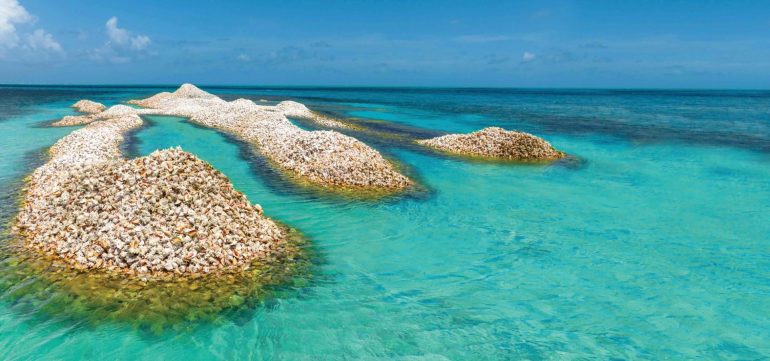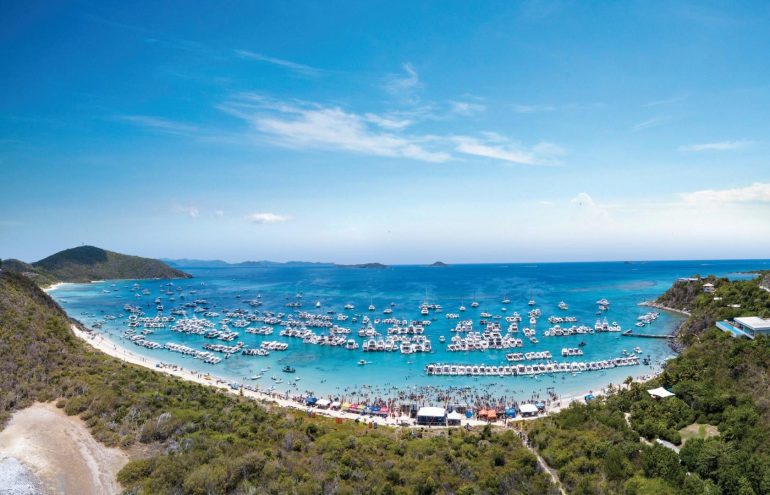Protecting Your Investment
If there’s one subject which is raised every time we embark on a new design project, it’s the issue of durability and maintenance. Addressing the aggressive island environment is always fundamental to the needs of our clients. All of the buildings in our island context are subject to continual weathering and the aggressive combination of the elements, in a marine environment which is all too familiar to boat owners.
There are many natural forces lining up to attack. The sun, which fades, dries out and degrades paints, plastics, fabrics and most other materials; the driving rain, which penetrates into any available crack and causes damage and rot; the wind and salt air, which erodes and corrodes; the bugs and other wildlife, which want to eat us and our possessions. These forces all combine, and are amplified during times of heavy storm activity, when flooding and wind damage become serious concerns.

But buildings seldom receive the boat owner’s level of loving attention to preventative maintenance. Buildings are seen as permanent, and are usually expected to solidly resist the elements with a minimum of upkeep. So we need to design and specify materials which can stand the test of time. With this in mind, we recently carried out a useful exercise in our office: We put our brains together, pooled our many combined years of experience of designing and building in the Caribbean, and made an extensive list of all the major issues which affect the durability and longevity of a building. We started with the key considerations:
Durability—Even the best quality stainless steel can show signs of rust in our environment. It’s critical that the choice of materials takes the highly corrosive environment
into consideration.
Ease of use—The building must complement the lifestyle of the homeowner. Their home is being built for their enjoyment and comfort, and shouldn’t require excessive maintenance and complex precautionary measures for hurricane preparation.
Lifecycle costs—Initial costs are important, as all budgets are inevitably pared down to accommodate the BVI’s high construction costs, but the reduction of ongoing operations and replacement expenses over the life of the building must be a major consideration.
Preventative maintenance—Where there is some inevitable preventative maintenance required, it should be clearly identified in an owner’s operations manual, structured to make life as simple as possible for the homeowner.
We separated our list into three categories: materials, components, and detail design. In the materials category, we identified all the typical elements that make up the basic structure, including metals, concrete, woods and wall finishes, and summarised the important durability aspects of each, weighing up options, pros and cons: pressure treated softwood, or tropical hardwood? Proprietary cement plaster stucco systems, or traditional lime plaster?
In components, we included all those elements which fit into the basic shell of the structure: from windows, doors and hardware, to lighting, appliances, kitchens, millwork and furniture. As with most things in life, you get what you pay for, and the more you’re prepared to spend on an item, the longer they're likely to last. The range of choices can be perplexing: stainless steel or bronze door hardware? Aluminium, pvc or hardwood doors and windows? Tile, stone or wooden floors? The options need to be carefully considered, and the potentially higher upfront costs need to be weighed against the likely reduced long-term maintenance, repair and replacement costs over the life cycle of the building.
But even the most durable materials and components can be ineffective if the design fails to respect the environment and there is insufficient attention paid to detailing. In detail design, we itemize out the critical aspects of the design: the structural engineering, roof configuration, the incorporation of electrics, plumbing and ventilation, rainwater collection, waste and water, pools, planting and irrigation. The topography of the site and the location of the building need to be considered, to orientate the structures so that exposure to the elements is minimised. Any exposed surfaces and openings should be well protected so that they are shaded and sheltered, to keep out the fierce sun and driving rain, particularly on the windward side of the building. Edges and junctions of materials should be designed with weathering in mind, to keep out and throw off water. Plumbing and electrical equipment should be accessible, to minimise the need for destructive work when repairs need to be made. Plants should be carefully selected, to minimise the need for irrigation. Roofs should be designed and engineered to avoid awkward junctions and to maximise hurricane resistance.
Ultimately, all parts of the building need to be considered on these terms. With our definitive list of durability measures, we hope to be able to focus attention on to the critical issues, to help our clients understand the choices available to them, to help make good common-sense decisions about everything that goes into their building; from the screws and bolts to the fabric on the lounge chairs.
